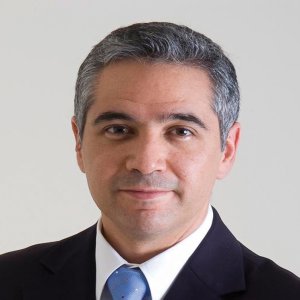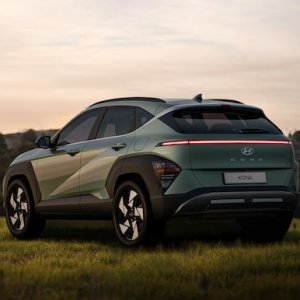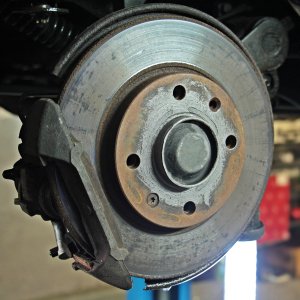Mexico´s Free Trade Zone Pioneer Keeps Evolving

STORY INLINE POST
Mexico’s first free trade zone (FTZ) was established in San Luis Potosi in 2008, in a bid to continue building the country’s attractiveness as a globally competitive investment destination. The interior port, known as the World Trade Center (WTC), consists of about 1,300 acres located near a major railway line and the main trade highway running between Mexico City and US border at Nuevo Laredo. WTC is a hybrid zone, offering both domestic zone and FTZ services. Today, the WTC remains the only FTZ in the central region and has become an attractive port of call for automotive companies and their suppliers alike, and 13 companies have already been authorized to use the WTC as a FTZ according to Esteban Puente, Commercial Director for the WTC. Automotive tenants make up about 80% of the WTC client list. Many of these are Japanese suppliers of OEMs like Mazda, Honda, and Nissan, all of whom are based in the central region and whose suppliers need to be close by. The WTC operates as an inter-modal terminal, enabling users to switch between trains and trucks. “Although trucks have long been the mode of transportation of choice, the railway is being increasingly used, given that its regulatory environment is being adapted to support growth. “We receive 2,500 containers from Honda. From the WTC, we send them on to Guadalajara while also ferrying containers to automotive clusters in Queretaro and Guanajuato,” says Puente, who explains that the inter-modal terminal was initially leased to Kansas City Southern de México (KCSM) for a decade, after which period KCSM decided to purchase the land. A general cargo terminal is currently being developed, which will be completed within the next 5 years. Three commercial buildings are also about to become available, with the zone’s Alpha Building currently being tenanted. Proving the WTC’s commitment to the industry, automotive companies will enjoy the services of logistic consultants such as Kuehne + Nagel or trucking and transportation giant J.B. Hunt that have set up facilities in the zone.
Special legislation was passed to allow the area to be used as a FTZ. Duties and tariffs are deferred until the merchandise is about to enter the local marketplace. The Mexican version of the free trade zone permits raw materials and components to enter Mexico duty-free for manufacturing, assembly and other services, similar to the maquiladoras. “Operating within a FTZ offers several advantages, including administrative, logistical, and customs benefits. Looking at the logistics side, operating within the FTZ means that a container can be brought from the port without being opened. Under regular operations in Mexico, when a container arrives at a port, it is opened by the customs broker, who has to check and catalog all of the merchandise. This then goes to the customs office which goes through the merchandise again if any red light has been flagged. This can cause delays and damage the goods. By using a FTZ, the company only has to submit an electronic invoice, which passes through the customs office and then the container comes directly to the company,” explains Puente. Furthermore taxes are only payable if the merchandise is to be released into the Mexican marketplace. Goods bound for the US or other foreign markets can leave Mexico free of any duties or tariffs.
As Puente explains, the FTZ’s true intent is to attract more foreign direct investment into Mexico, particularly in the booming automotive sector. This will put the country on a better footing to compete with other international trade zones, such as those in China. Although Mexico’s maquiladora regime created incentives and implemented efforts to reduce duties and tariffs for inbound materials, the FTZ structure has an advantage over this prior scheme. It is familiar and compatible with existing regulations established by the World Trade Organization. Puente says that “an environment is being created in Mexico where investments can flow freely, generating employment and wealth, reap long-term rewards greater than the short term collection of duties and tariffs. Mexico’s support of free trade zones highlights awareness of this.”
WTC intends to keep pushing for Mexico’s FTZ industry to evolve. “We want to smooth out the kinks in the customs program nationwide, as creating these sorts of free trade zones adds to the economic attractiveness of the country,” says Puente. He dismisses the idea that a plethora of FTZs springing up across Mexico would create competition for the WTC and offer a wider array of choices for OEMs and suppliers entering the country. “We are competing as a country for investment with other nations that offer free trade zones, so we all share in the success of these programs.” In fact, he offers three pieces of advice for anyone looking to establish a similar zone in Mexico. “Firstly, you should view your relevant local authority as an ally not an enemy. Secondly, collaborate closely with consultants, customs brokers, and private commercial tenants to create the best environment as a team. Finally, comply with the requirements laid down by authorities and ensure you have the capacity to invest fully in this commitment.”




















